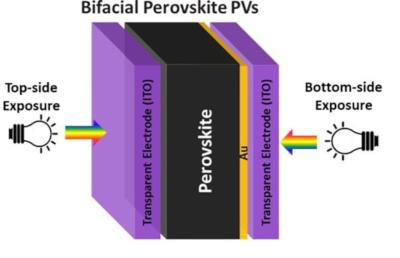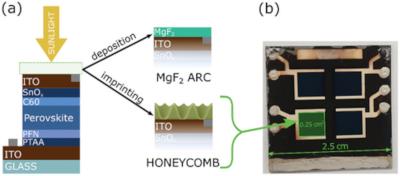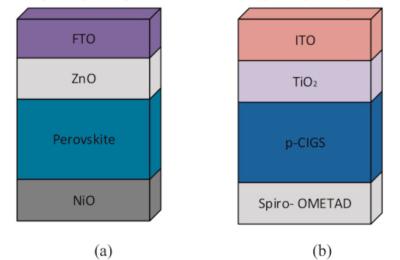Researchers examine shingling as an interconnection method for perovskite-silicon tandems
A group of scientists from Germany's Fraunhofer Institute for Solar Energy Systems (Fraunhofer ISE), with support from Oxford PV Germany, have examined shingling as an interconnection method for perovskite-silicon tandem (PVST) cells.
Full-format perovskite-silicon tandem shingle modules produced at Fraunhofer ISE in collaboration with Oxford PV. Image from Solar Energy Materials and Solar Cells.
The scientists explained that the combination of PVST cells with shingling allows boosting the module efficiency even further due to the increase of the photoactive area through the absence of cell gaps. They went on to say that shingling suits the temperature limitations of the PVST cells since the main factor for the choice of the processing temperature is the curing conditions of the electrically conductive adhesive.







